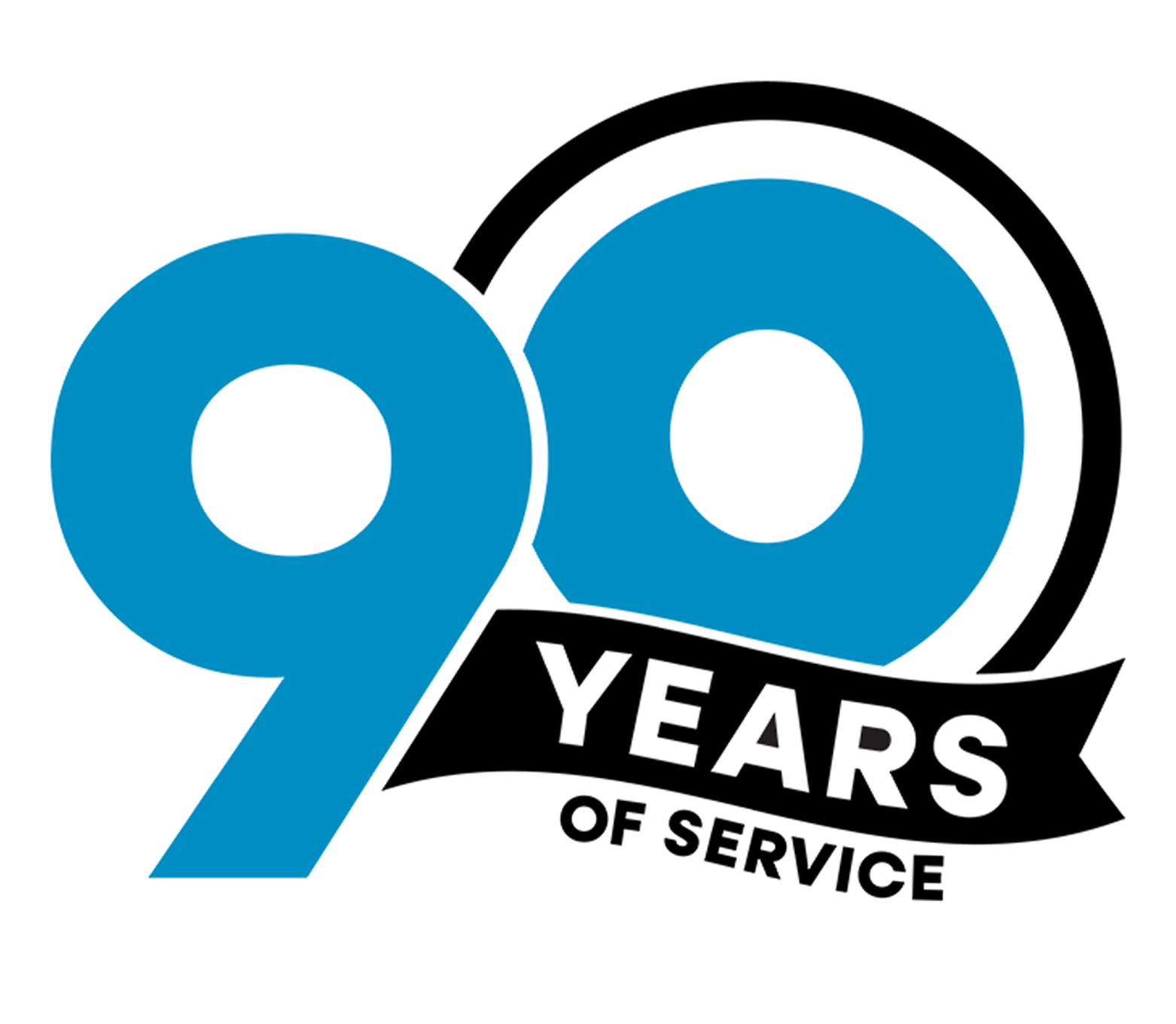With the cost of education on the rise, it’s more important than ever to plan ahead for tuition costs. According to the CollegeBoard, in-state tuition at Oregon’s public 4-year colleges averaged around $13,000 annually in 2024. For out-of-state students nationwide, the cost is almost $31,000. Oregon private universities averaged about $32,000 in 2024 (and $43,000 nationwide). Add books, room and board, and other incidentals (another $17,000 to $19,000), and it’s no wonder that over 85% of students require financial aid. For many college-bound high school seniors and non-traditional students, applying for scholarships is the only way to afford higher education.
New Maps Scholarships for 2025 Students
The cost of higher education is also on the rise, and for many Oregonians, the price is simply too high. That’s why Maps Credit Union and our Maps Community Foundation are proud to announce a series of scholarships for deserving students in our community who wish to attend an accredited public or private college, university, community college, or technical school. This year, Maps will distribute over $60,000 in scholarships to graduating seniors from primarily Marion and/or Polk counties who demonstrate excellence in academic achievement and community leadership. We’ll also have some exciting new scholarships for non-traditional students hoping to achieve their educational goals 5+ years after high school. Scholarships range from $1,000 to $5,000 and are applied to first-year experiences.
So, if you or someone you know will attend a college, university, or technical school in 2025, now is the time to apply because the deadline for Maps scholarship applications is March 31, 2025.
Scholarship Application Tips
To inspire you, we’ve got some tips on applying for our scholarships (and countless others).
1. Organize your applications.
Prioritize your applications by due date and keep track of them in a spreadsheet, Google Doc, or folder. It’s never too early to organize your applications. You won’t be able to apply for some scholarships until your senior year. Others you may be able to apply for as early as your freshman year of high school.
2. Read through all the details.
It’s tempting to rush through the process—especially when you are juggling school, activities, and college prep. Take the time to check and double-check the details. You don’t want to waste their time (or yours) with an application for a scholarship you don’t qualify for. More importantly, you don’t want to risk being denied because you failed to include an important element.
3. Build a scholarship toolkit.
If you apply for a lot of scholarships, you’ll need a lot of the same items for each application. Collect the common things you’ll need in one place for easy access. Items to include in your toolkit may be copies of your transcripts, essays, letters of recommendation, a detailed list of extracurriculars, a completed FAFSA, a FAFSA Submission Summary, and a recent photo.
4. Create a thoughtful, creative application video.
If your application requires a video (which is not required for Maps 2025 applications), remember that you only have a few seconds to make a good impression. Choose a location with good lighting and no background distractions. You are the important part of the story, so the focus should be on you. Practice your script and record yourself a few times to get the best take.
5. Don’t skip the small scholarships.
A $500 scholarship may seem like pocket change in the face of a $30,000 tuition bill. However, every bit adds up (Plus, a few hundred dollars can cover textbooks for one or two classes.).
6. Apply for the obscure scholarships.
Look for niche scholarships related to your interests and hobbies. The awards are likely to be smaller, but the field of competitors will also be smaller. Plus, you may be able to find awards for talents and skills you already have—even if you don’t plan to pursue a career in the field.
7. Proofread, proofread, proofread.
Spelling, grammar, and sentence structure are important. It’s also vital to get your point across clearly and concisely. If you submit an essay, have someone else read it (or read it out loud to yourself) to see if it flows smoothly.
Funding the Future
Maps Credit Union started as a teachers’ credit union and to this day, we are committed to supporting education in the communities we serve. We know how valuable an education can be and that’s why we are invested in helping our student members (of all ages) pursue their dreams and navigate life’s defining moments. If that sounds like you, apply now! The deadline for our 2025 scholarships is March 31, 2025, and we are so excited to meet this year’s applicants!

